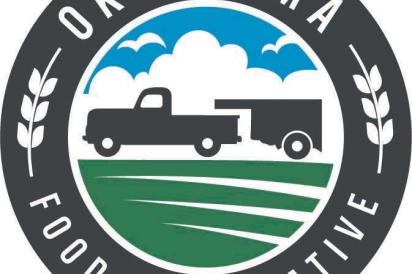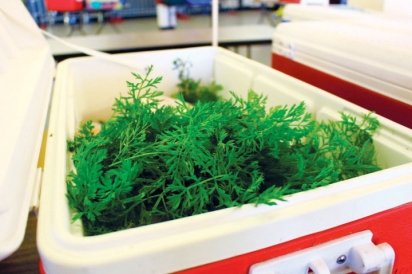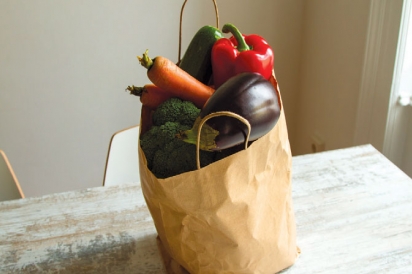A Co-op For The New Generation
The idea of food cooperatives is nothing new. It has been around for millennia, since humans began collecting their hunted and gathered food together at the end of the day. Fast-forward to the industrial revolution when we began gathering in cities instead of farms. Here it became more economical and in some cases necessary to band together as a large group to buy the food needed to feed families. Even later in the groovy ‘60s, the co-op had a sort of rebirth, even if it came with a twinge of a bad reputation.
This picture of a group of cavemen, early city dwellers, or free loving, peace-sign-wearing hippies might not be every person’s ideal of their food supply. But one thing is certain: We are now, maybe more than ever, interested in where our food comes from and one 13-year-old group is hoping they can exercise this interest to change your idea of what a co-op is. They are the Oklahoma Food Cooperative.
This co-op serves two purposes:
1. To provide a supply of locally produced food to anybody in the state who wants it.
2. To provide a sales opportunity for farmers to market their products to the co-op’s membership.
“In terms of selection and what we actually do, we are a farm-to-table organization that operates once a month and delivers to 50 different pickup sites, in multiple communities, all around the state,” says Adam Price, the Oklahoma Food Cooperative operations manager. “It’s basically an online farmers’ market.”
With an online presence and an interactive website, the co-op is bringing this concept of buying local food into this century. Not only do customers place orders online, but each of the over 100 producers involved has a dedicated page that can be used to get to know them. For example, if you are interested in buying duck eggs, you can find a producer and see exactly where they are located in addition to the description of their farm and farming practices. It serves as a way to buy food directly from the farmers and producers, year-round, on your own terms.
The variety of products they sell is expansive. As long as the product is made, grown or raised in the state of Oklahoma, its producer can be a part of the co-op. It is also a great tool for farmers and producers. Imagine knowing that you, as a farmer, are taking your products to a guaranteed sale.
The co-op’s most popular category, by far, is meat—so popular that it makes up nearly 65% of their total sales. But forget the notion of buying a massive deep freezer to store the half of a cow you will be required to buy. The cuts are sold just like at the grocery store. So whether it is a grass fed beef filet, buffalo New York strip or a beautiful pork roast, you decide and add it to your list.
But meat is not your thing? What about banana nut granola? Or fresh linguine? How about beautiful butter lettuce? It is all available to you from ranchers and producers, just down the street. Because, as Price puts it, “Buying food from the person down the street makes sense. People talk about community; let’s support the farmers down the street, or in the next town over.”
Now that your mouth is watering and you are ready to have local food and support local food producers, you are probably wondering exactly how it works? All orders have to be placed by the second Thursday of the month and can be paid for right then, or upon pickup. Orders are then picked up at the location of your choice the next Thursday. There are over a dozen pickup locations in the Edible Tulsa readership area, four in the Tulsa metro area alone.
The co-op works because people want these products and they want to contribute to their Oklahoma community. A co-op in every sense of the word is cooperative and by paying a membership fee each customer is a part of that symbiosis. Every single producer also has to pay his or her dues and be a member. The co-op also cannot function without the dedicated volunteers each month who work to ensure that members’ needs are met. These volunteers work to sort the products as they are delivered by the farmers and contributors and then deliver them to customers at each distribution spot. Try your first month for free. Then after you fall in love with it, multiple membership options are available including monthly, annual or lifetime.
For more information or to sign up visit OklahomaFood.coop.








